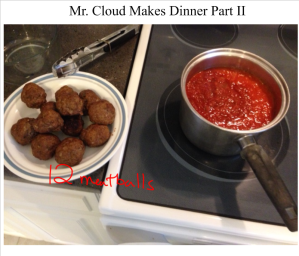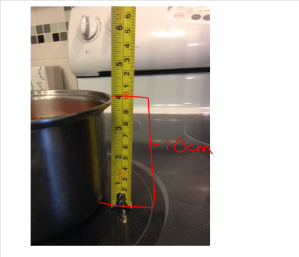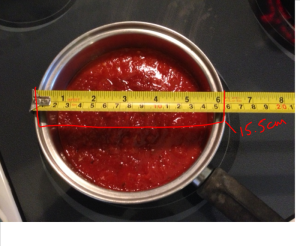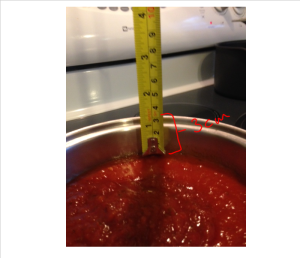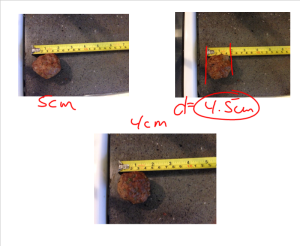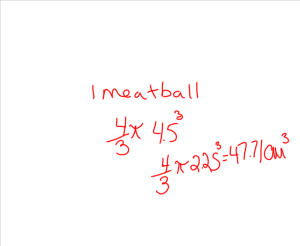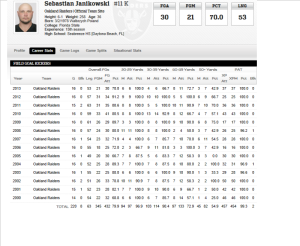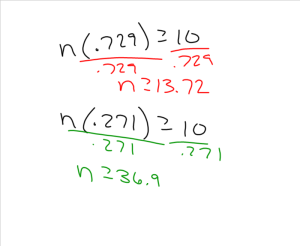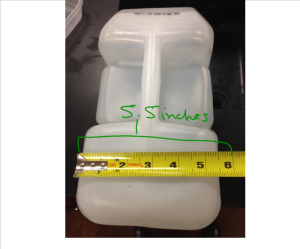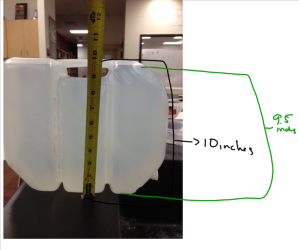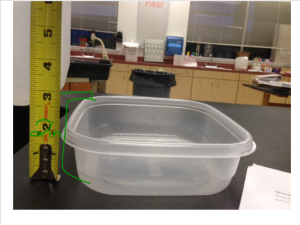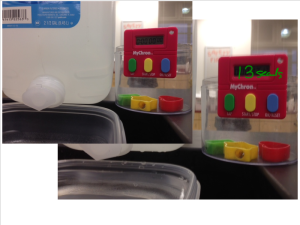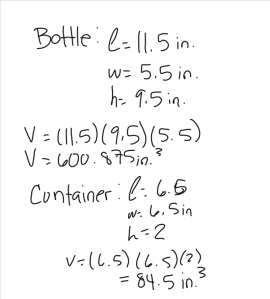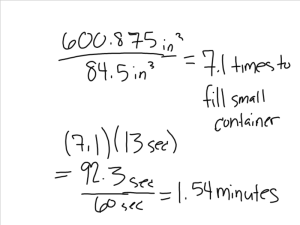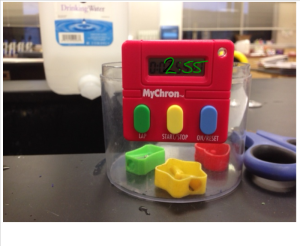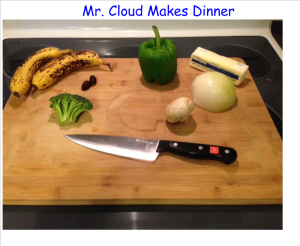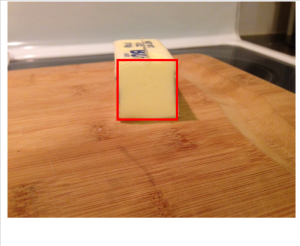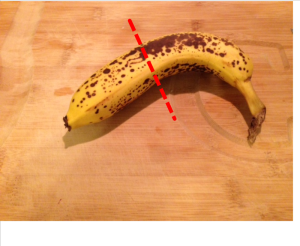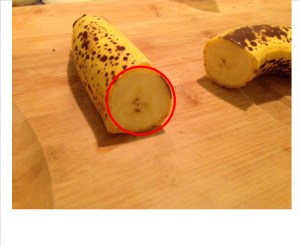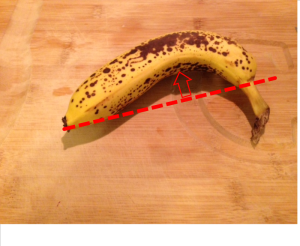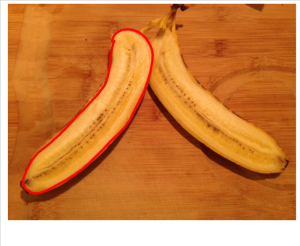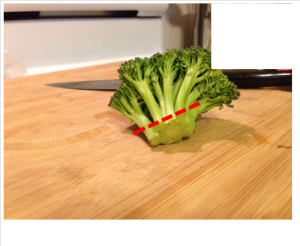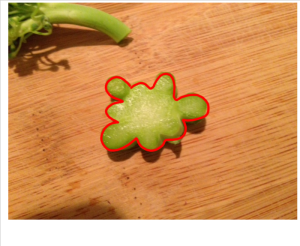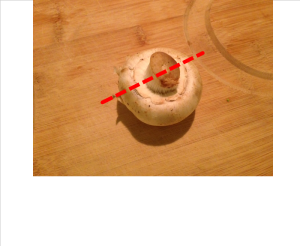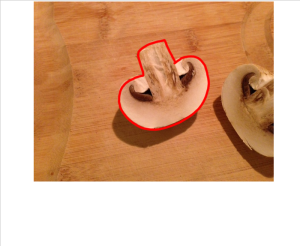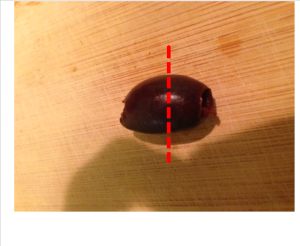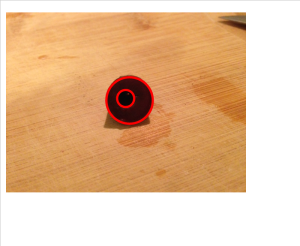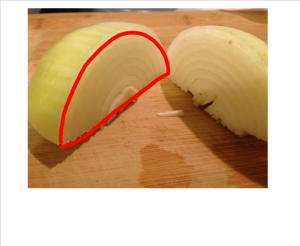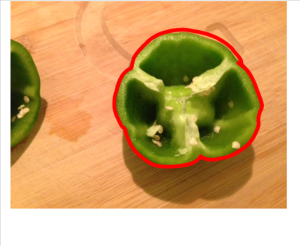During the past few years of teaching Algebra II, I have found that teaching students to recognize and understand the different types of discontinuity in a function is quite difficult. I’ve found it even more difficult to have the students discover the different discontinuitites for themselves. This year, I decided that a Wizard of Oz analogy was the way to go. Here’s what I want my students to be able to work with:
![image003[1]](https://corycloud.files.wordpress.com/2014/04/image00311.gif?w=700)
And here’s what I set up in the front of my classroom:

The idea is that the path is not continuous (my students determine this for themselves based on their definition of continuous that they develop for the warm-up to this lesson) and I have booby-trapped the path with each type of discontinuity for them to discover and define.
Removable Discontinuity:

Notice that brick 3 is conveniently missing. My students were quick to notice a discontinuity. I asked them to describe what happened and to name the discontinuity. With some probing, they got to the idea that the brick has been removed and they coined the term “removable discontinuity.”
Jump Discontinuity:
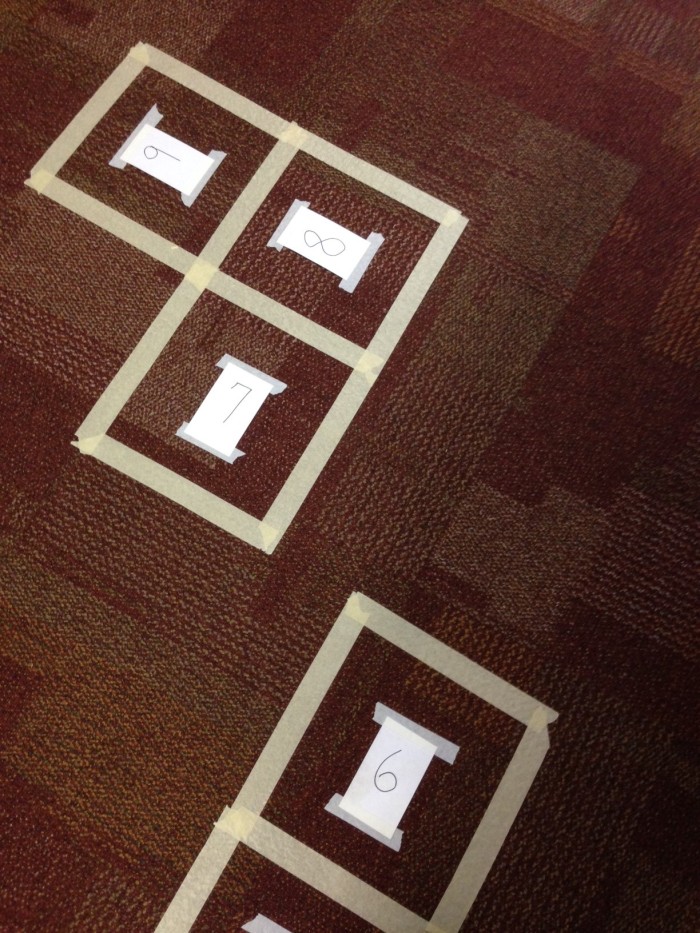
In each of these cases, none of the bricks are removed, they’re just not part of the same path. My students were quick to notice this and decided that these aren’t removable discontinuities. Since they had to jump to get from brick 6 to brick 7, they named this discontinuity “jump discontinuity.”
Asymptotic Discontinuity:
My students thought they were at the end of the road when they got to brick number 12.
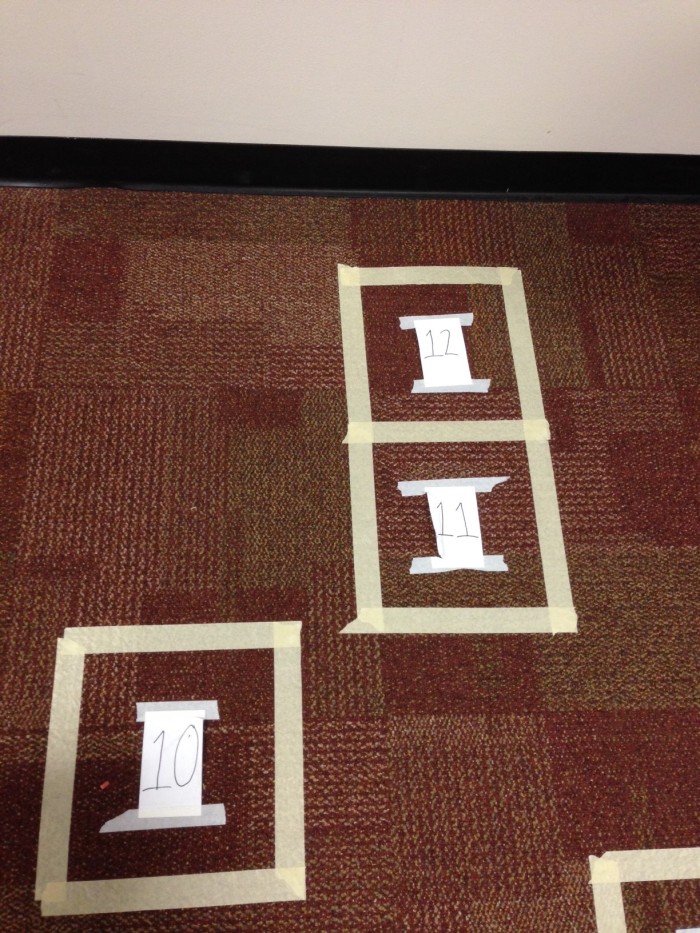
However, I told them that there’s a brick 14 in the next room.

Since we had spent some time recently discussing asymptotes and how they apply to exponential functions, my students quickly figured out that the wall represented an asymptote and that we had an asymptotic discontinuity.
This path will stay on the floor of my classroom for me to refer back to when we discuss any discontinuities of rational functions. This way, I hope that they can have a meaningful way to connect something abstract in an equation or graph to their definition of each discontinuity.

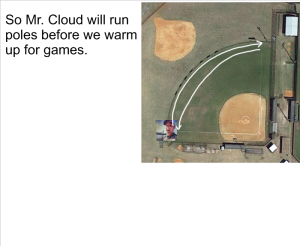

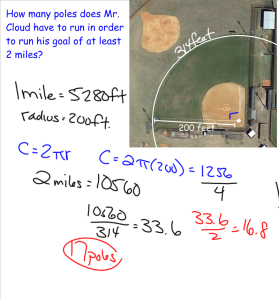
![image003[1]](https://corycloud.files.wordpress.com/2014/04/image00311.gif?w=700)





